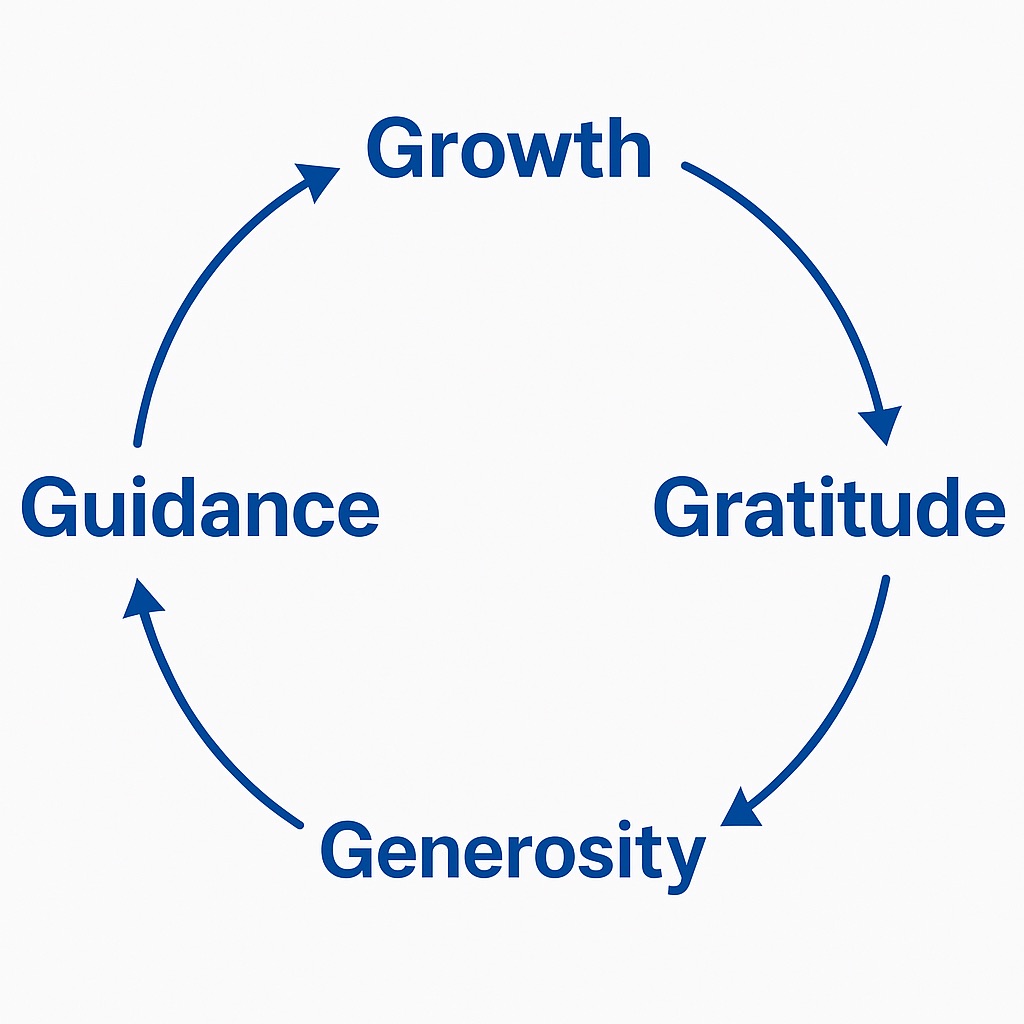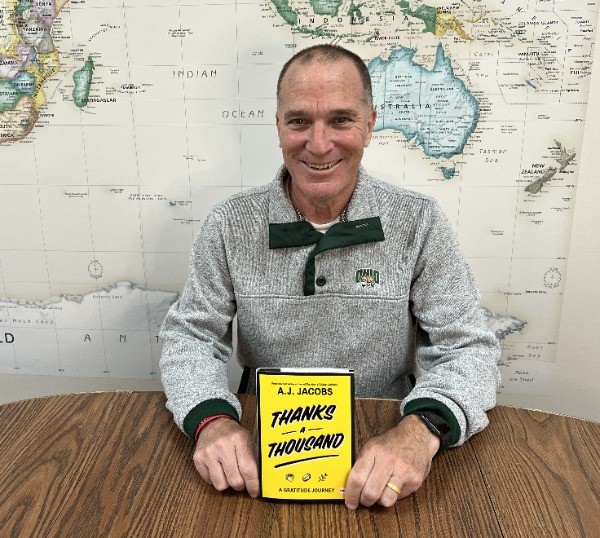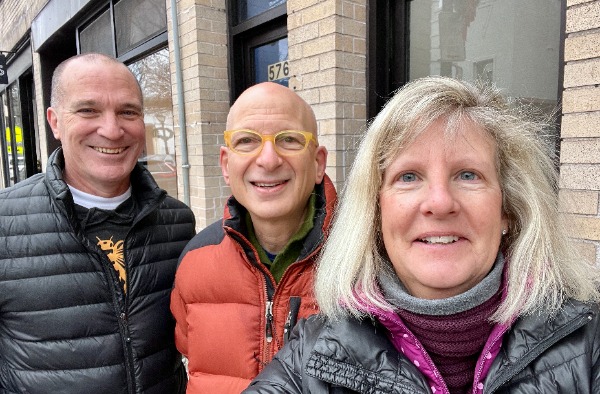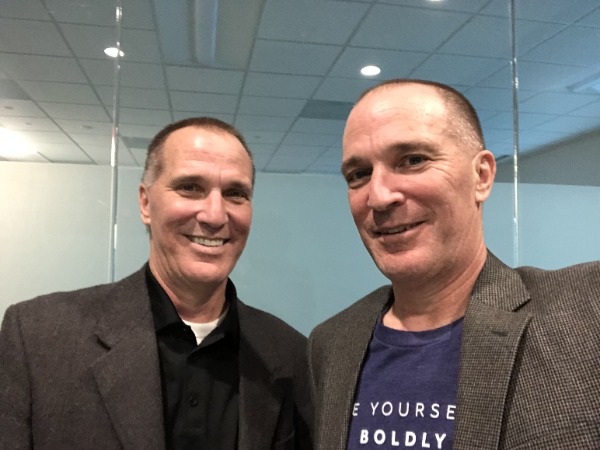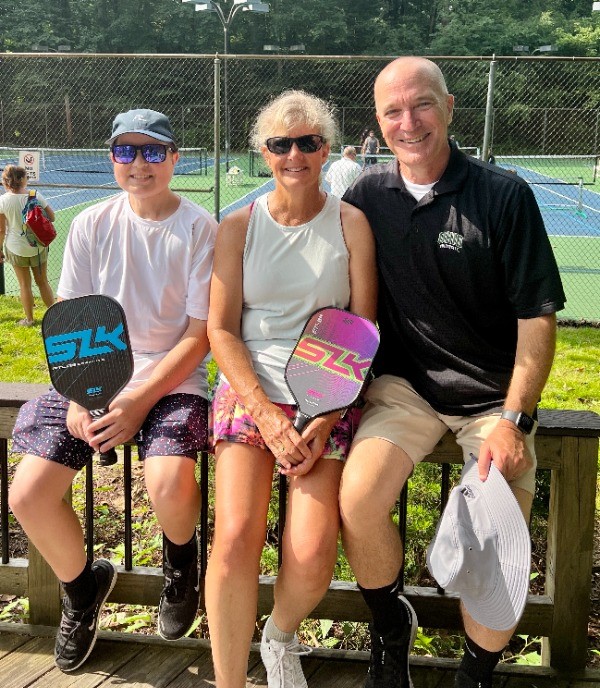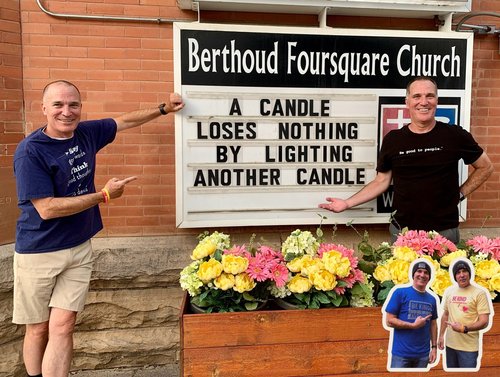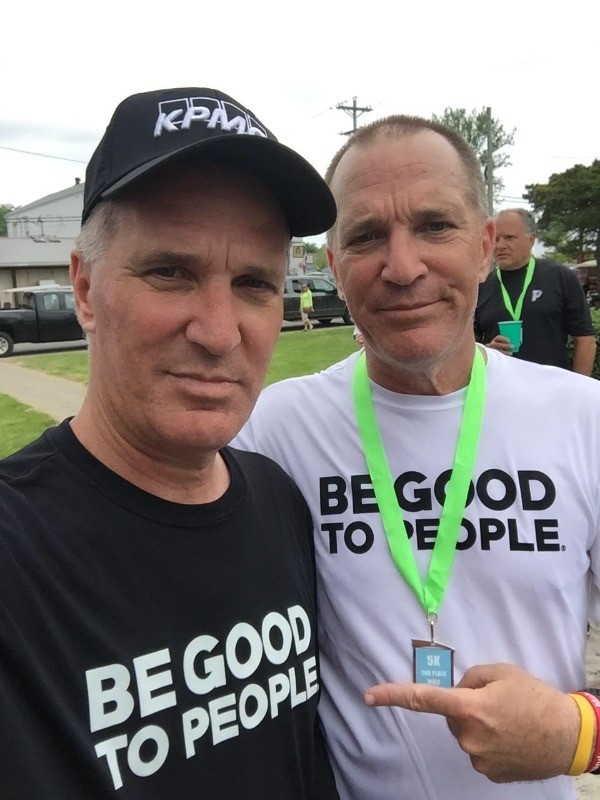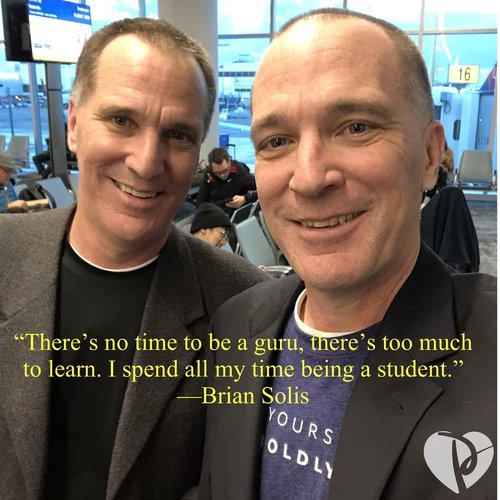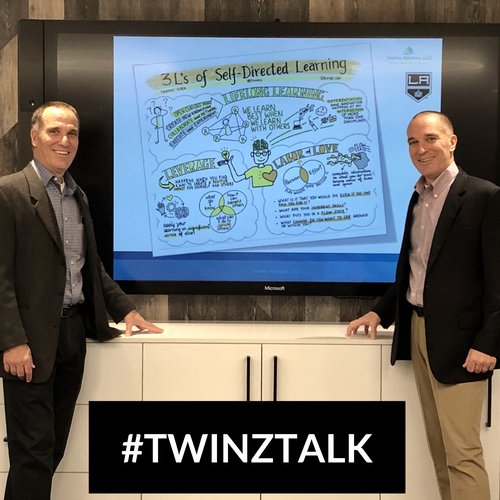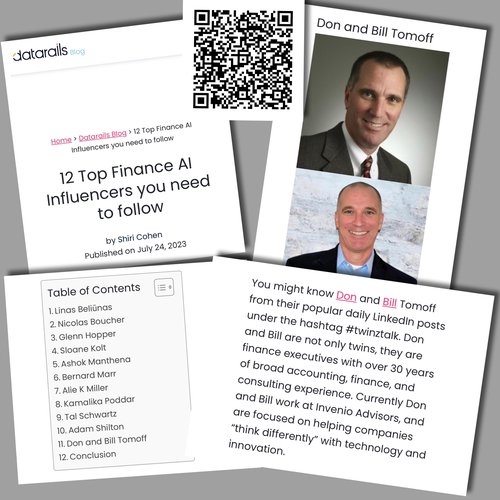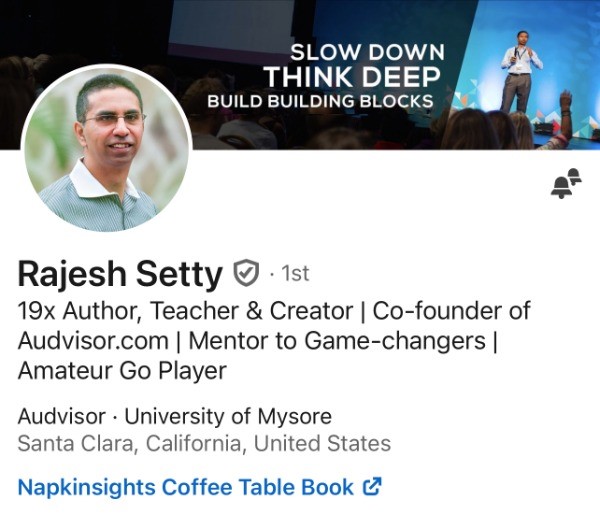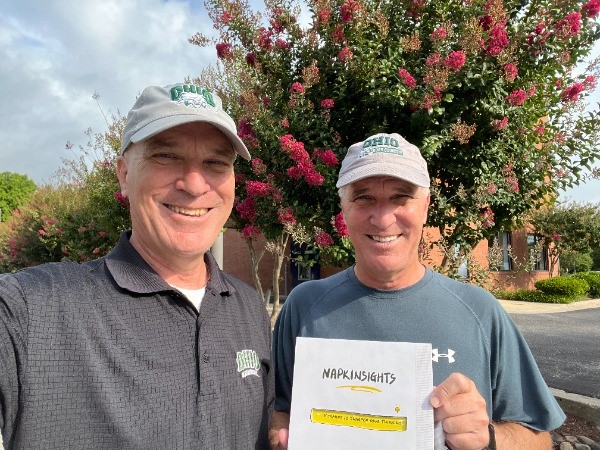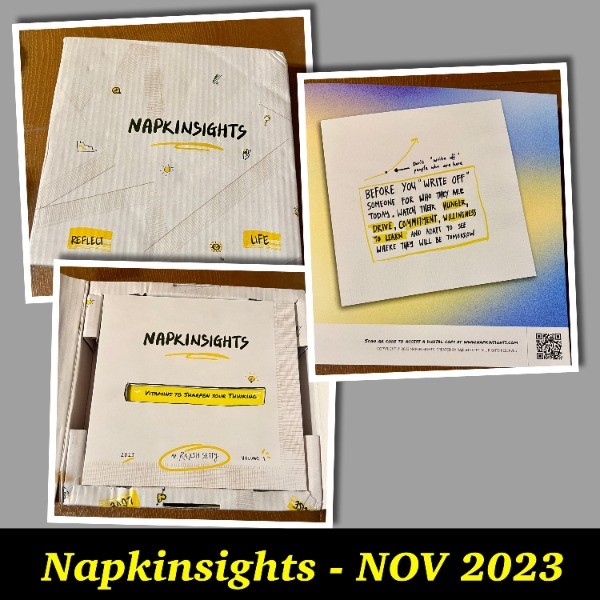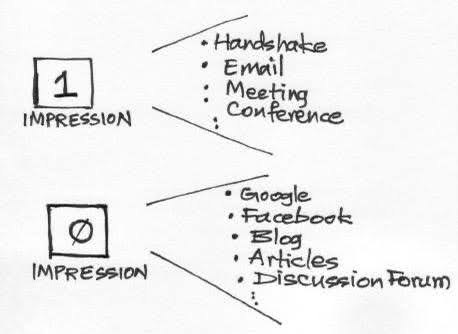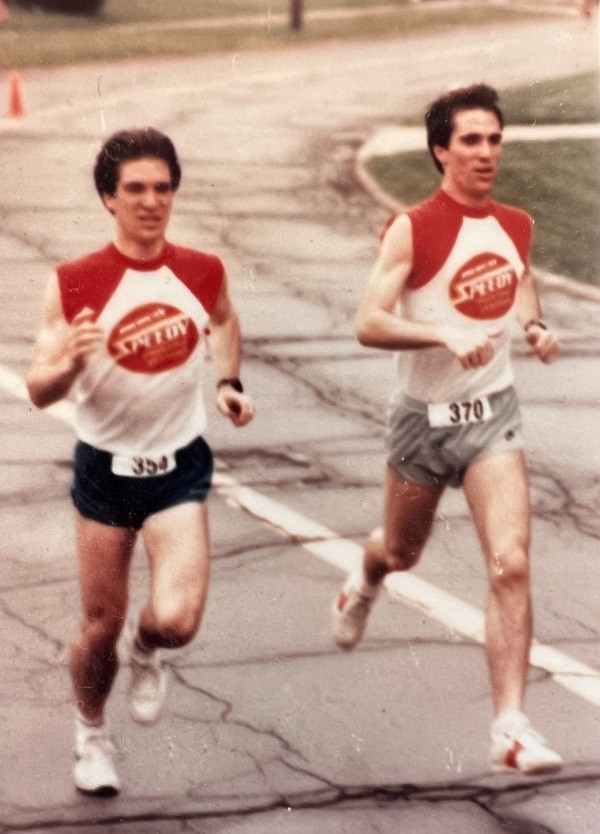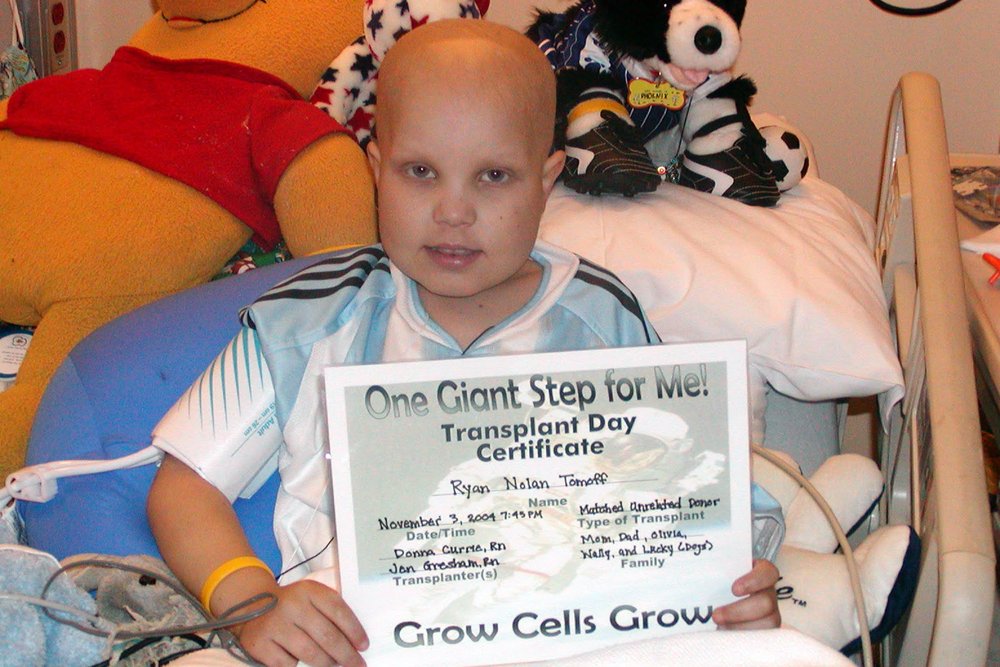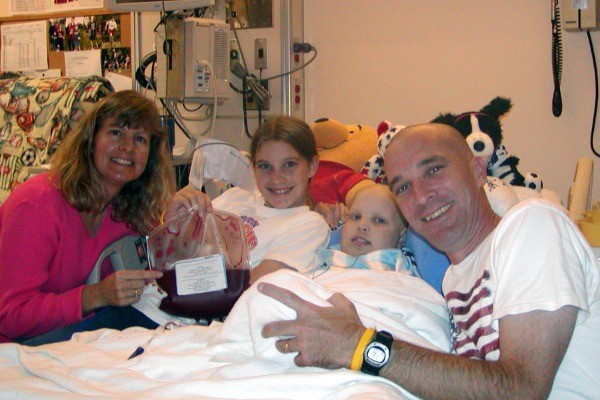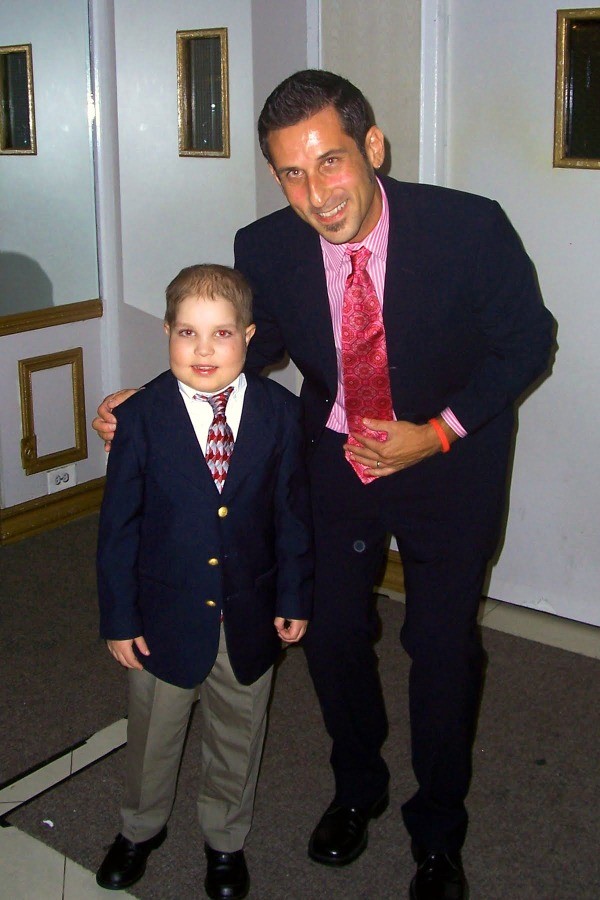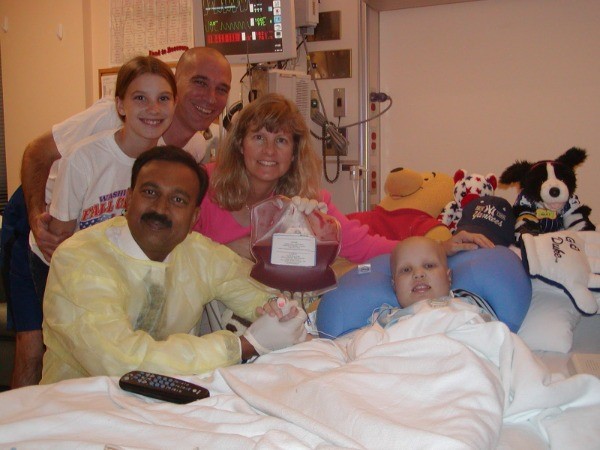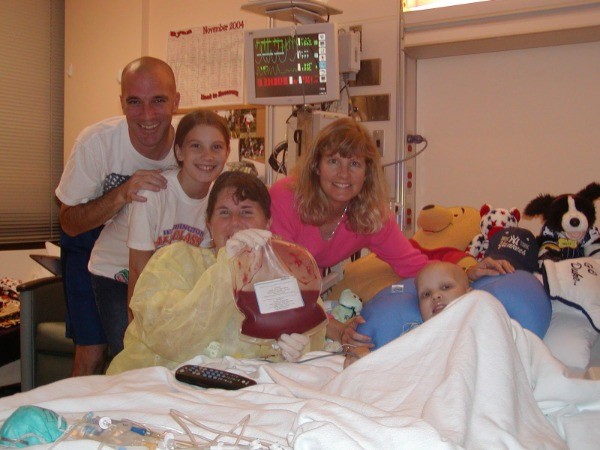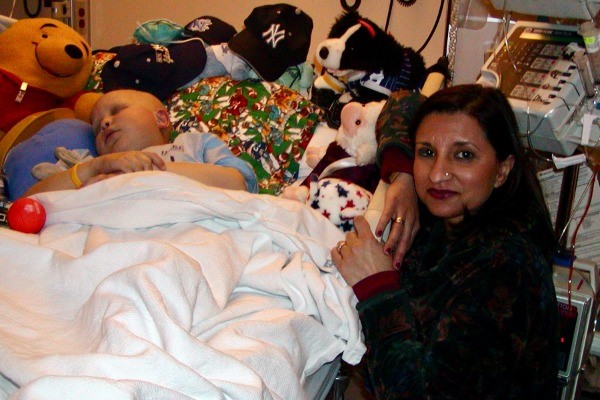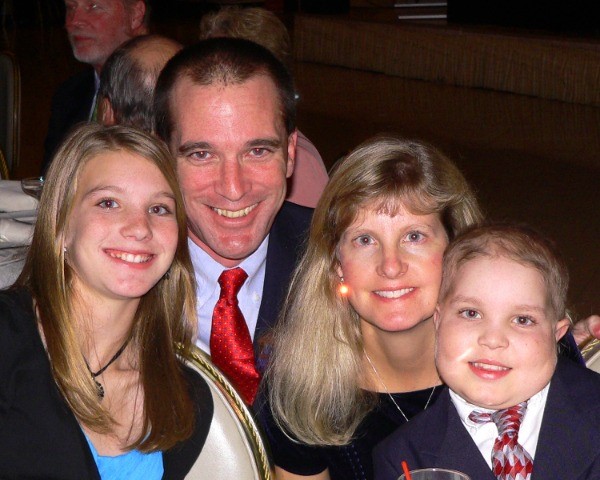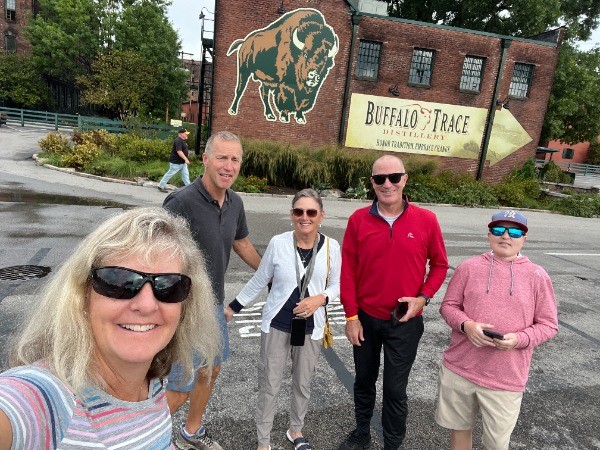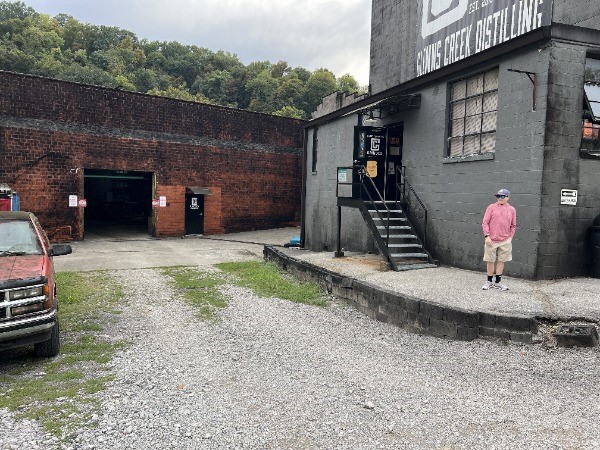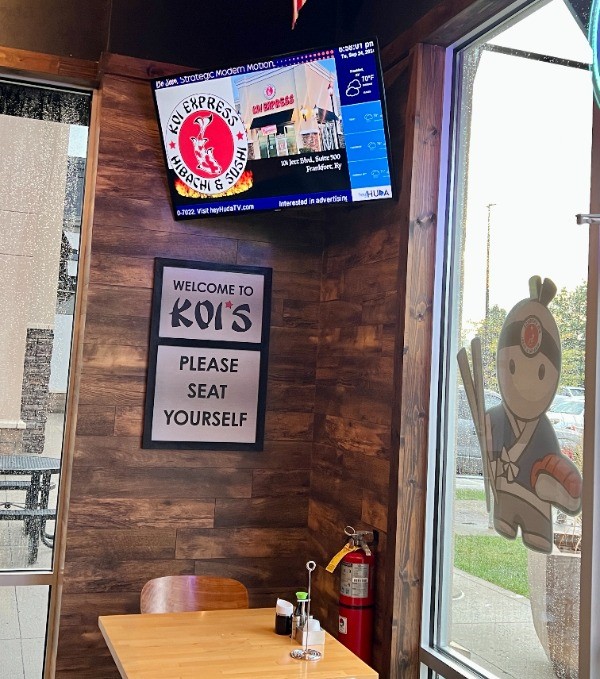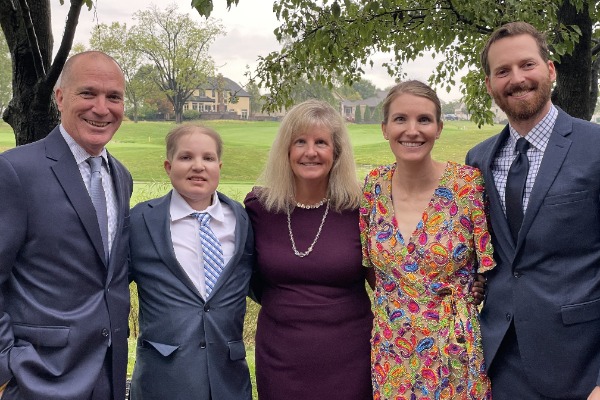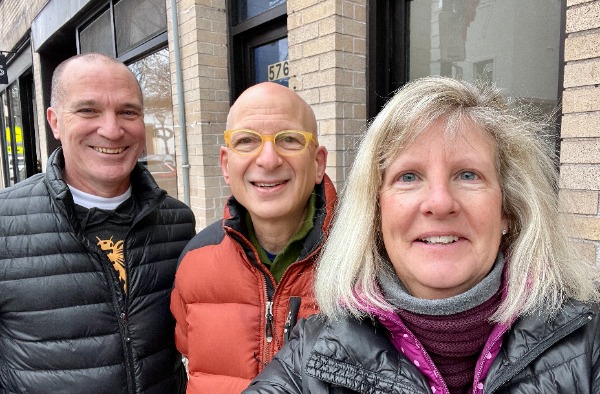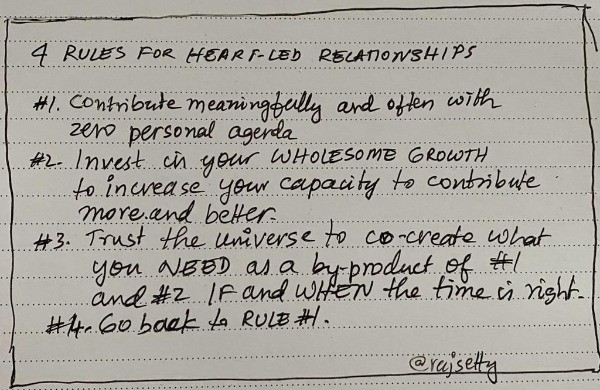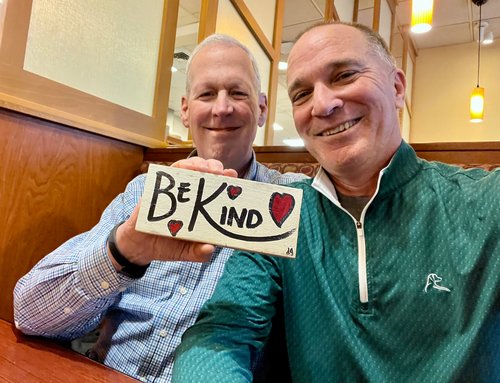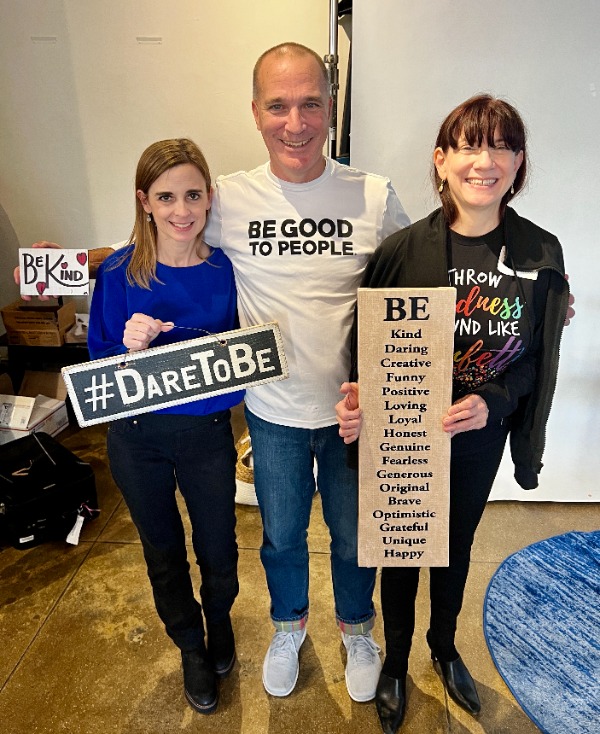Summary – Collaboration with Claude AI
While reading Sahil Bloom’s “The Five Types of Wealth,” I discovered a concept that can transform my approach to the complexities of my decision-making. Bloom introduces the idea of a “Life Razor” – a simple decision-making filter that cuts through confusion to guide choices aligned with our core values.
This concept immediately resonated with me. After reflecting on my life experiences and working with ChatGPT, I developed my Life Razor: “Choose growth, gratitude, generosity, and guidance—always.“
My Growth principle was forged through necessity – first as a driven college student, then as a professional balancing career demands with my son Ryan’s cancer diagnosis in 1996. This life-altering crisis forced me to “think differently” and embrace innovation to survive professionally while supporting my family.
Gratitude became foundational through Ryan’s cancer journey. The overwhelming support from our “village” taught me the precious gift of ordinary days and the truth that “people need people.”
Generosity followed as I committed to paying forward the kindness shown to us during Ryan’s battles. I approach every interaction knowing everyone carries hidden struggles.
Guidance completes the circle as I share my experiences and lessons to help others realize their potential. This creates a continuous cycle: personal growth increases my capacity to guide others, gratitude fuels generosity, and helping others facilitates my development.
My Life Razor wasn’t crafted in a workshop but emerged from my life experiences. It now serves as my North Star for decisions large and small, helping me live with purpose and clarity.
What principles might form your Life Razor?
**
Full Original Writing
In March 2024, I began reading “The Five Types of Wealth” by Sahil Bloom. Early in the book, Sahil discusses creating a “Life Razor” as a guiding filter to help us make sound decisions.
Sahil makes the following observation:
“In the study of philosophy, the term razor denotes any principle that allows you to quickly remove unlikely explanations or avoid unnecessary steps. It allows you to metaphorically shave away unneeded explanations or actions. Today, the term is broadly applied as a rule of thumb that simplifies decision-making.
It’s easy to allow your priorities to fall victim to these encounters, to lose yourself in the chaos. In these moments, you need your own point of focus-your own rule of thumb to simplify your decision-making, a foundational decision-making heuristic that will allow you to navigate the uncertainty and trials of life with the confidence of an experienced explorer. You need to keep the Earth in the window.
You need a Life Razor.“
**
When I encountered this concept, I paused my reading. The idea of a Life Razor resonated so profoundly that I needed to explore it further.
Identifying and leaning into a short phrase (“Razor”) to help me filter my thought process and avoid unnecessary steps in making a decision? This is very attractive to me!
Over the past two-plus years (since December 2022) of working with ChatGPT, the Large Language Model (LLM) has learned a great deal about me. Thus, I talked with ChatGPT to assist me in formulating my Life Razor. After a few back-and-forth prompting conversations, I landed on a perfect phrase to embrace as my Life Razor:
“Choose growth, gratitude, generosity, and guidance—always.”
Each element of this razor is essential to bringing my best self to others and the world. The phrase fits me perfectly and can be a filter for me in handling the endless stream of opportunities, requests, and obligations that we encounter daily.
Clarification of each component and further comments from ChatGPT, based on my history of conversations, included:
“Life razors are like having a personal decision-making filter—they help you stay true to your values, make smarter choices, and avoid unnecessary stress. Instead of overthinking, you can apply a razor and move forward with confidence.
This life razor captures:
- Growth – Committing to continuous personal development to become the best version of yourself.
- Gratitude – Recognizing and appreciating those who have shaped your journey and actively expressing thanks.
- Generosity – Leading with kindness, sharing moments of support, and creating positive ripple effects in the lives of others.
- Guidance – Utilizing your knowledge, experience, and talents to help others learn, grow, and advance in their personal and professional journeys.”
Each component of my life razor is interconnected and speaks to the core of the person I strive to be. For example, growth through personal development is compelling because it enables me to provide more significant guidance to others traveling the road behind me. Gratitude and generosity allow me to live a more fulfilling life and inspire others to lead gentler and kinder lives. My overall goal is to be a positive and encouraging presence for others.
These four principles were developed through life-altering experiences that tested and transformed my family and me. Each component of my Life Razor is anchored in specific chapters of my journey, which have taught me what truly matters. Let me share how these principles took hold in my life.
This quote from George Eliot’s novel Middlemarch resonates:
“What do we live for, if it is not to make life less difficult to each other?”
At this stage of my life, I feel blessed to have become who I am today. My defined life razor will help me live the rest of my life with a focus that enhances the possibility of a fulfilling and content life, preparing me to be the presence I want to be to inspire and help others.
My life razor is a deep part of “who I am.” I feel fulfilled when reflecting on each component I have identified. The decision filter I now follow has been refined through my lifetime of experiences and is more refined than it could have been at earlier stages. I am grateful for my experiences and quest for personal growth, which have enabled me to evolve into the person I am today. Below, I will expand on each aspect of my life razor and the “how” each of the “4 G’s” became an integral part of my life.
Growth:
Since I walked onto the Ohio University campus as a freshman in 1977, my commitment to learning and personal growth has remained unwavering. My commitment was born out of a survival mindset. Academic success was crucial for achieving the goals I had set for my future. This mindset has carried over into my professional career and has been a key factor in my success. Embracing technology tools and being an early adopter with my twin brother, Don, has consistently given us an advantage throughout our careers.
“Everyone has a plan until they get punched in the mouth.”
–Mike Tyson, Boxer
When our lives move forward as we hope, it is easy to get complacent and less rigorous about attending to our self-improvement. After conquering the challenge of academics and Division 1 cross country and track at OU, I was confident that with dedication and hard work, I could continue to attain a successful career in accounting. A skill set and hard work can work wonders for achieving success. Combining those attributes with my love of technology and pursuit of continual learning (I achieved my MBA 11 years after undergraduate graduation), I was fortunate to be successful in my early career. Then, on October 17, 1996, my family and I received a metaphorical “punch in the mouth.”
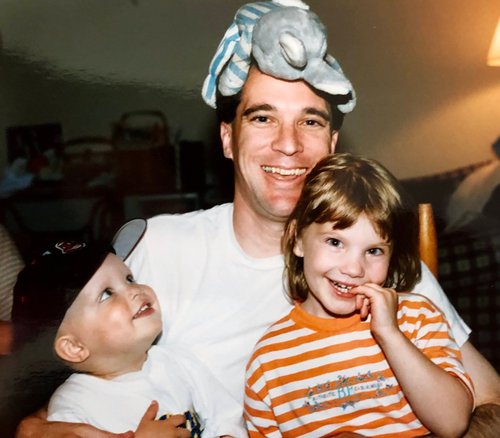
October 17, 1996. My son Ryan was diagnosed with childhood cancer. I provide a more expanded discussion in my section of the 2nd “G” of Gratitude below. I now faced the long-term challenge of balancing my professional life with the non-negotiable personal demands my family needed and deserved. The stress I was enduring was indescribable as I worried about meeting my professional obligations so I could continue to support my family and provide healthcare coverage through my employment. I now had to find a way to be more efficient and effective with the precious time I would dedicate to work.
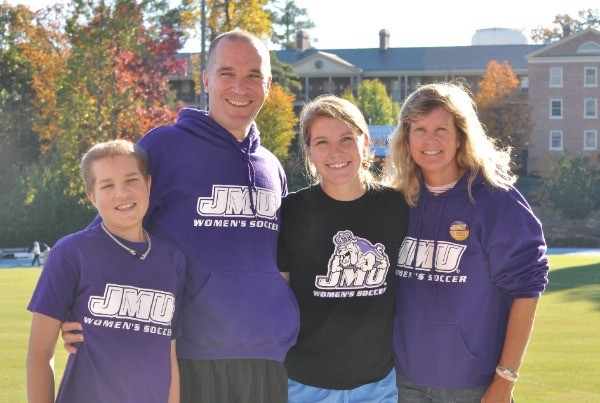
“Think differently” and “Find a better way” are two themes that Don and I have embraced and encouraged throughout our careers. Don introduced me to “The Trial Balance (TB) Rollup” in 1998. I was in desperate need of finding a better way. Frantically desperate, in the sense of being in career survival mode. The stakes could not get any higher. We were venturing into a way of working foreign to traditional accountants. Yet, the concept of the TB Rollup turned out to be the most remarkable invention I adopted, and my mindset was profoundly shifted for the rest of my life. I would not wish my path to enlightenment upon anyone, yet in hindsight, I was pushed to a place of action that likely would not have occurred without the life-altering experience thrust upon Ryan and my family.
“Necessity is the Mother of Invention” –Proverb
Don and I now encourage others to embrace personal development (see my “4th G” of Guidance). The possibilities for success begin with building a solid individual foundation and then leaning into helping and inspiring others to embrace the path, which has been immensely rewarding for us.
Gratitude:
Gratitude gradually became an intentional part of my life while dealing with my son Ryan’s childhood cancer diagnosis since October 17, 1996. I sincerely appreciate the reality that “people need people,” and I now strive to embody gratitude in my daily interactions. An “ordinary” day is no small thing – it’s a blessing that I treasure. Each day is a gift.
When Ryan was diagnosed, he was just over two years old, and his sister Olivia was four and 1/2 years old. Our family life, as we knew it, was dealt a blow that was unimaginable and impossible to prepare for. We had moved to Maryland from Ohio only ten weeks before Ryan’s diagnosis. How did we survive? Over time, the support of caring people became the anchor in our lives—slowly, steadily, drip by drip. The experience profoundly changed us and led us to the discovery of post-traumatic growth.
In her memoir, published in March 2021, The Focused Fight: A Childhood Cancer Journey: From Mayhem to Miracles, Terri shares the story of Ryan’s 5-time battles with childhood and adult cancers. He is a miracle survivor today, and he and Olivia are our heroes for their unrelenting persistence and passion, which has enabled them to live their lives as we all navigate a road that, thankfully, is one that few are chosen to travel.
Fittingly, in the closing section of her memoir (Chapter 34), Terri shares “Illuminating Reflections from the Village,” which includes 59 reflections from people who have walked with us. Terri notes:
“Why not ask those who have witnessed the madness, mayhem, and miracles to write a reflection? They could write on what they observed or found inspirational by either Ryan, the journey itself, or anyone else in the family they thought fitting.”
“The 59 reflections are powerful; some will be funny, surprising, poignant – but all heartfelt. These profound illuminations radiate from our family, friends, neighbors, community members, doctors, nurses, other cancer families, cancer survivors, and those who are bereaved.”
“The authors of these reflections are wonderful representatives of the larger world that encompasses thousands of people who truly make a difference – not only in our lives, but in the lives of many others.”
You can listen to Terri reading the reflections on Substack, Apple, or Spotify podcasts. The Substack links are below:
The Focused Fight – Ch. 34A – Illuminating Reflections from the Village
The Focused Fight – Ch. 34B – Illuminating Reflections from the Village
The Focused Fight – Ch. 34C – Illuminating Reflections from the Village
People need people. This section of Terri’s memoir says it all. We are forever grateful and live by paying it forward, helping others. With greater intent than ever before, the “3rd G,” Generosity, has taken hold in our daily lives.
Generosity:
Not a day passes without our gratitude for the gift of each day and the wonderful, caring, and talented people who came into our lives during Ryan’s battles. We can never repay the kindness and compassion extended to our family over the years. Yet, every day, I strive to bring a gentle and kind presence to my interactions with others and the world.
“Be gentle. Be kind – you never know what someone is going through.”
Due to my life experiences, I have realized that everyone has a story we know nothing about. My brief interactions with others (micro-moments) are an opportunity to lift someone’s spirits and create a ripple of good out into the world. We often don’t realize our impact on others and what they may be struggling with at any given moment. Thus, err on the side of kindness—always.
Guidance:
Guidance is the 4th and final “G” that brings my life razor full circle. The blessings my family and I have received in our lives will be repaid by sharing my talents and experiences to encourage and inspire others. As illustrated in the circular diagram below, the process of my life razor starts with focusing on my personal growth, being grateful and generous, and culminating in guidance to others. Then, the process continues on and on.
Throughout my career and life, I have strived to pay forward the help, opportunities, and kindness I have received. My mission is to help others realize they have more significant potential than they think. Assisting others to rise brings me joy and fulfillment. In small ways, I am doing my best to create a ripple of learning and success.
My life razor was determined based on my personal and professional life experiences to date. I am a product of all my experiences, which contribute to the full capabilities I bring to the world. I, and all individuals, are not separate packages of personal and professional life. Everyone has a story, and we must embrace the complete person. To be our best for others, we must inventory, understand, and fully embrace all our life experiences. Weaving in April Rinne’s (I highly recommend her book, Flux: 8 Superpowers for Thriving in Constant Change) concept of Career Portfolios can significantly help identify the many ways we can bring value to the world. Too often, we focus solely on our professional experiences and fail to give ourselves sufficient credit for the overall life experiences that profoundly shape who we become and how we view and interact with the world. Each of us brings a unique, one-of-a-kind presence to the world. We all must lean into all our uniqueness!
A separate blog post will discuss April’s concept of a career portfolio.
What about you? What principles might form your Life Razor? The beauty of this concept is that each person’s razor will be unique, shaped by their journey and values. Take a moment to consider:
- What values consistently guide your best decisions?
- When you reflect on the past decision you are proud of, what principles were at work?
- If you had to create a simple filter for future decisions, what elements would it include?
I would love to hear what you come up with. Enjoy the process!

